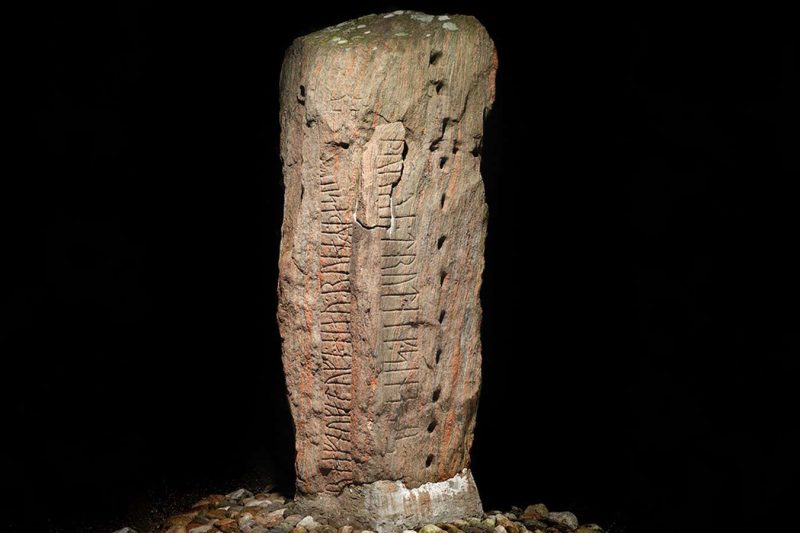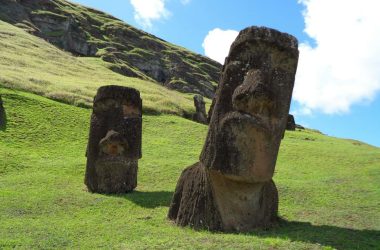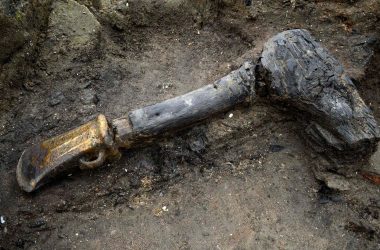Introduction
In the Viking era, a queen named Thyra may have played a significant role in the foundation of present-day Denmark. Several commemorative runestones bear her name, indicating her importance within society. Denmark’s Viking Age, which lasted from AD 800 to 1050, saw the rise of King Harald “Bluetooth,” and Thyra was his mother.
The Unification of Denmark
Prior to the reign of Gorm and Thyra, Denmark was divided into smaller kingdoms or territories, with little historical documentation available about the rulers of that time. However, the presence of Thyra’s name on multiple runestones suggests she held considerable power and hailed from a powerful lineage. These runestones, carved onto tall slabs of granite, served as memorials for influential individuals in Viking-era Denmark.
The Runestones
Four runestones, dated from the mid-900s, bear the name “Thyra.” Two were erected in Jelling, where the monarchs resided, by Gorm and Harald. The remaining two, the Læborg and Bække 1 runestones, were discovered in other locations and were likely carved by an unknown individual named Ravnunge-Tue. To determine if these runestones referred to the same Thyra, researchers studied the engraving techniques, sizes, and shapes of the runes.
Discovering Unification
The examination revealed that one of the Jelling runestones was too damaged to derive reliable results. However, the well-preserved Jelling runestone exhibited similar engraving styles to the Læborg runestone. This similarity indicates that Thyra was not only commemorated by her immediate family but also by others across the country.
The Power of Elite Women
Imer suggests that Thyra’s influential role among the Norse societies might not have been uncommon. Elite women likely held significant positions of power in their communities. For example, a large burial mound in Oseberg, Norway contained the remains of two women who were believed to have held some of the highest positions within their society.
Topics: Denmark, Viking Era, Queen Thyra, Unification, Runestones, Power of Elite Women








